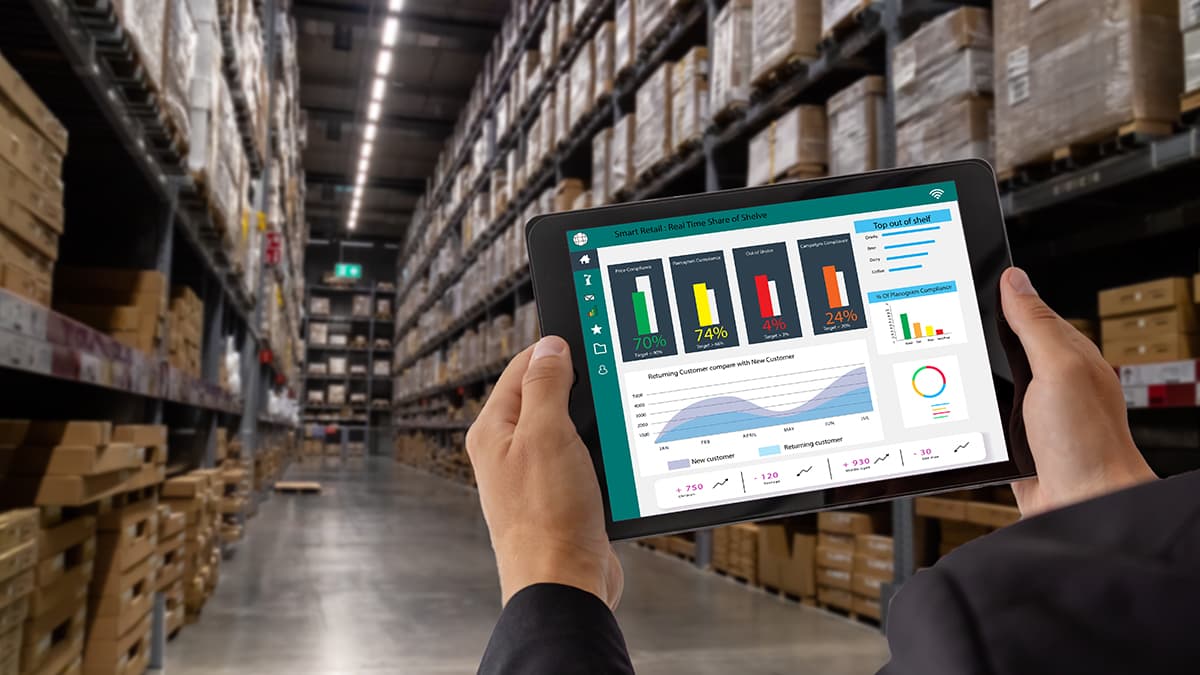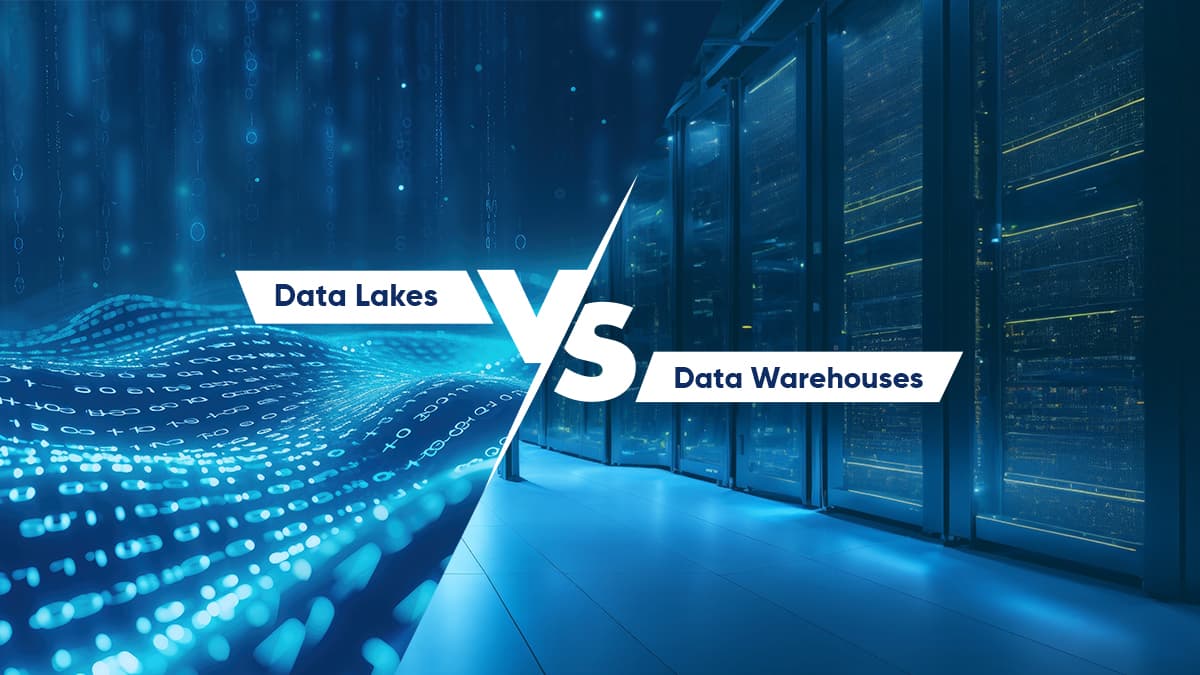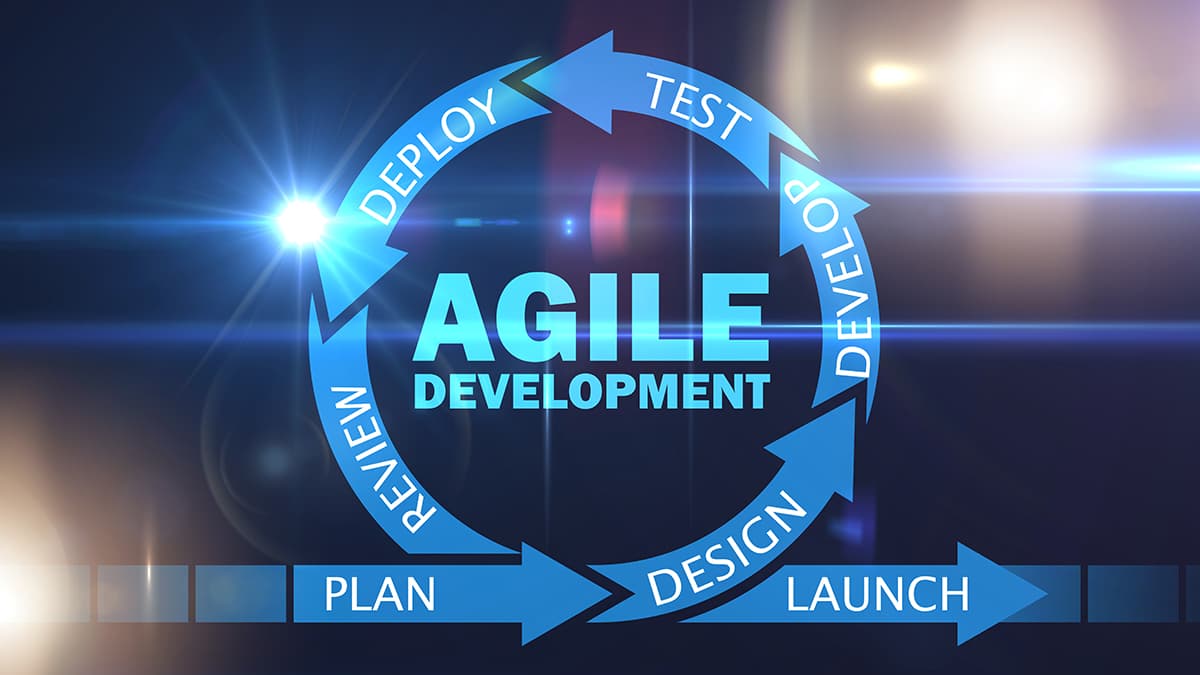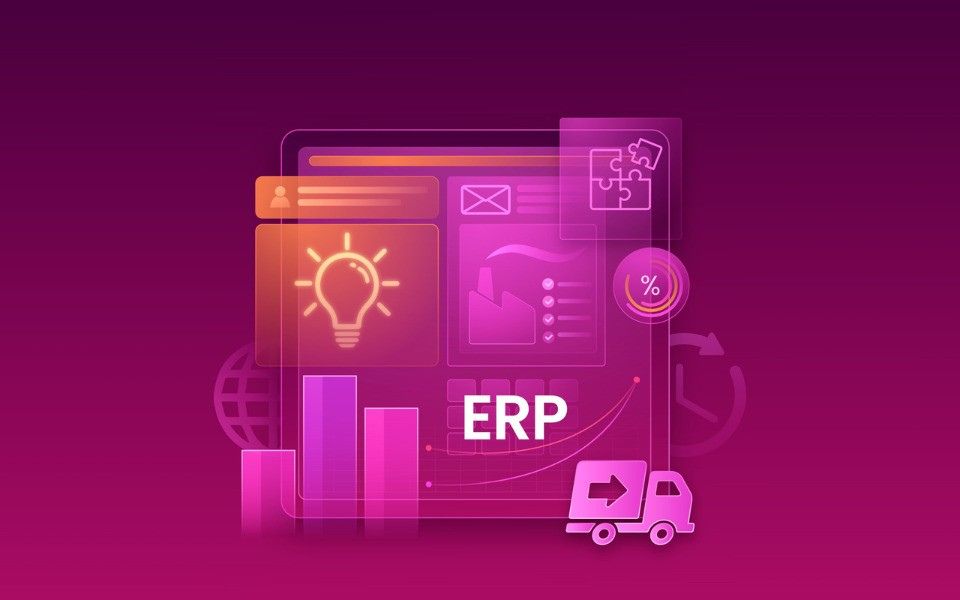
In today's data-driven world and with the dawn of the AI era, predictive analytics has become an indispensable tool for businesses across various industries. As we navigate through 2024, the landscape of predictive analytics tools continues to evolve, offering more sophisticated and user-friendly options than ever before.
Here is a look at the 10 of the most essential predictive analytics tools available for enterprises.
1. SAS Analytics
_(1)_1724226635.jpeg)
SAS Analytics remains at the forefront of predictive analytics tools in 2024, solidifying its position as a market leader. Known for its robust capabilities and comprehensive suite of analytical solutions, SAS offers a wide range of tools for data mining, machine learning, and predictive modeling.
Key features include:
- Advanced statistical analysis: Vast array of statistical techniques, from basic descriptive statistics to complex multivariate analyses.
- Machine learning integration: Incorporates cutting-edge machine learning algorithms, including deep learning and natural language processing.
- Visual analytics: SAS offers intuitive data visualization tools that make it easy to explore and present complex data patterns.
- Real-time decision making: With its event stream processing capabilities, SAS enables organizations to make instant decisions based on real-time data.
- Cloud integration: SAS has embraced cloud computing, allowing for scalable and flexible deployment options.
One of the standout features of SAS is its enhanced AI-driven automation. This feature streamlines the entire analytics process, from data preparation to model deployment, making it more accessible to users with varying levels of technical expertise.
2. IBM SPSS Statistics
IBM’s SPSS Statistics continues to be a popular choice for predictive analytics, especially in academic and research settings. SPSS has made significant strides in improving its user interface and expanding its integration capabilities.
Notable features include:
- Comprehensive statistical procedures
- Advanced data management and preparation tools
- Integration with open-source languages like R and Python
- Improved visualization options
3. RapidMiner
_1724226661.jpeg)
RapidMiner has gained traction as a user-friendly platform for predictive analytics, particularly among data scientists and business analysts. Its drag-and-drop interface makes it easy to build complex predictive models without extensive coding knowledge.
Key features:
- Auto-model functionality for quick model building
- Extensive library of machine learning algorithms
- Robust data preparation and cleansing tools
- Integration with various data sources and platforms
4. H2O.ai
_1724226171.jpeg)
H2O.ai has emerged as a powerful open-source platform for predictive analytics, gaining popularity among data scientists and machine learning enthusiasts. In 2024, H2O.ai continues to impress with its scalability and performance.
Key features:
- Automated machine learning (AutoML)
- Distributed computing for handling large datasets
- Support for multiple programming languages (R, Python, Java)
- Explainable AI capabilities
5. Alteryx
Alteryx has positioned itself as a comprehensive analytics platform that combines data preparation, blending, and advanced analytics. Its intuitive interface makes it accessible to both data scientists and business users.
Key features:
- Code-free and code-friendly environments
- Geospatial analytics capabilities
- Automated machine learning
- Strong data preparation and blending tools
6. KNIME
KNIME (Konstanz Information Miner) is an open-source data analytics platform that has gained popularity for its modular approach to predictive analytics. In 2024, KNIME continues to expand its capabilities and integrations.
Key features:
- Visual workflow designer
- Extensive node repository for various analytics tasks
- Integration with multiple data sources and tools
- Support for both open-source and commercial extensions
7. DataRobot
DataRobot has made significant strides in the field of automated machine learning (AutoML) and continues to be a top choice for organizations looking to democratize data science.
Key features:
- Automated feature engineering and model selection
- Time series forecasting capabilities
- Model interpretability and fairness assessment tools
- MLOps functionalities for model deployment and monitoring
8. Tableau (with Einstein Discovery)
While primarily known for its data visualization capabilities, Tableau has expanded its predictive analytics offerings through Einstein Discovery, which it acquired from Salesforce.
Key features:
- Integration of predictive insights into interactive dashboards
- Automated statistical analysis and predictive modeling
- Natural language explanations of insights
- Seamless integration with Tableau's visualization tools
9. Microsoft Azure Machine Learning
Microsoft's Azure Machine Learning platform has become a strong contender in the predictive analytics space, offering a cloud-based environment for developing and deploying machine learning models.
Key features:
- AutoML capabilities
- Integration with popular development tools and environments
- Scalable compute resources for training and deployment
- Strong MLOps capabilities
10. Python Ecosystem (Scikit-learn, TensorFlow, PyTorch)
_1724226316.jpeg)
While not a single tool, the Python ecosystem deserves mention for its growing importance in predictive analytics. Libraries like Scikit-learn, TensorFlow, and PyTorch provide powerful tools for data scientists and machine learning engineers.
Key features:
- Extensive collection of machine learning algorithms and tools
- Strong community support and continuous development
- Flexibility and customization options
- Integration with various data science workflows
The field of predictive analytics continues to evolve rapidly. While SAS maintains its position as a top choice for enterprises seeking comprehensive and robust analytics solutions, other tools are also making significant strides in areas such as automation, ease of use, and specialized capabilities.
The choice of a predictive analytics tool ultimately depends on various factors, including an organization's specific needs, existing technology infrastructure, user expertise, and budget constraints. SAS stands out for its comprehensive feature set, enterprise-grade capabilities, and long-standing reputation in the industry. However, open-source alternatives and cloud-based platforms are increasingly offering competitive features, particularly for organizations with specific use cases or budget considerations.
As predictive analytics becomes increasingly central to business decision-making, it's crucial for organizations to regularly assess their analytics toolset and consider how emerging technologies and platforms can enhance their predictive capabilities. Whether opting for a comprehensive solution like SAS Analytics or leveraging a combination of specialized tools, the key is to choose a platform that aligns with your organization's data strategy and empowers your team to derive actionable insights from your data.
Want to start a project?
Get your Free ConsultationOur Recent Blog Posts

© 2025 CSM Tech Americas All Rights Reserved

























































































































